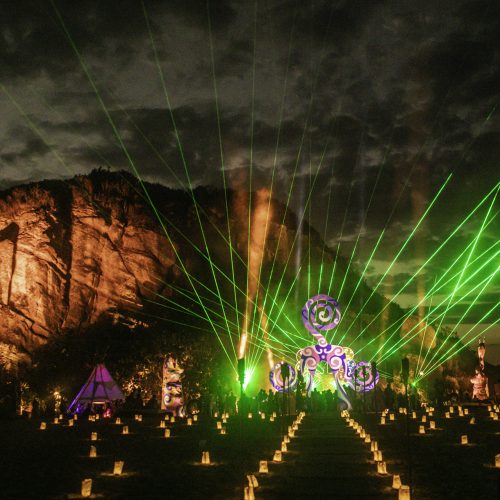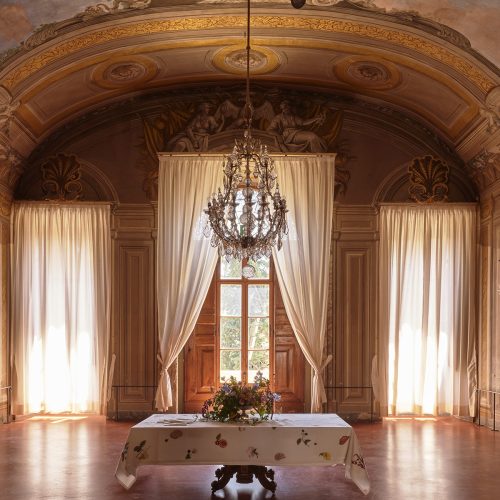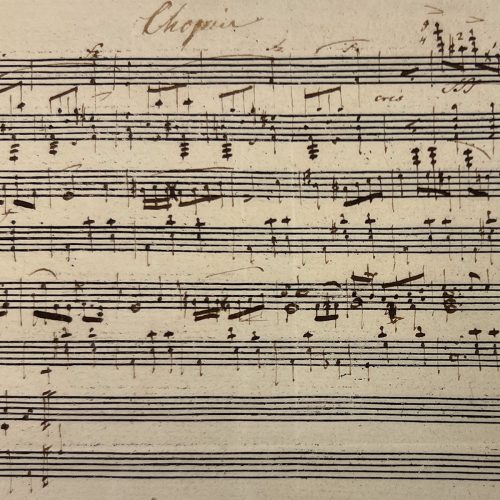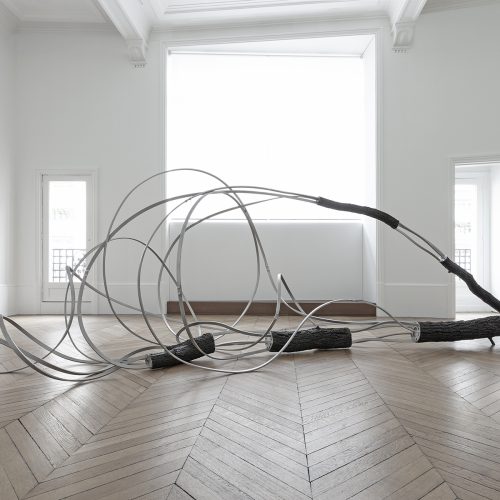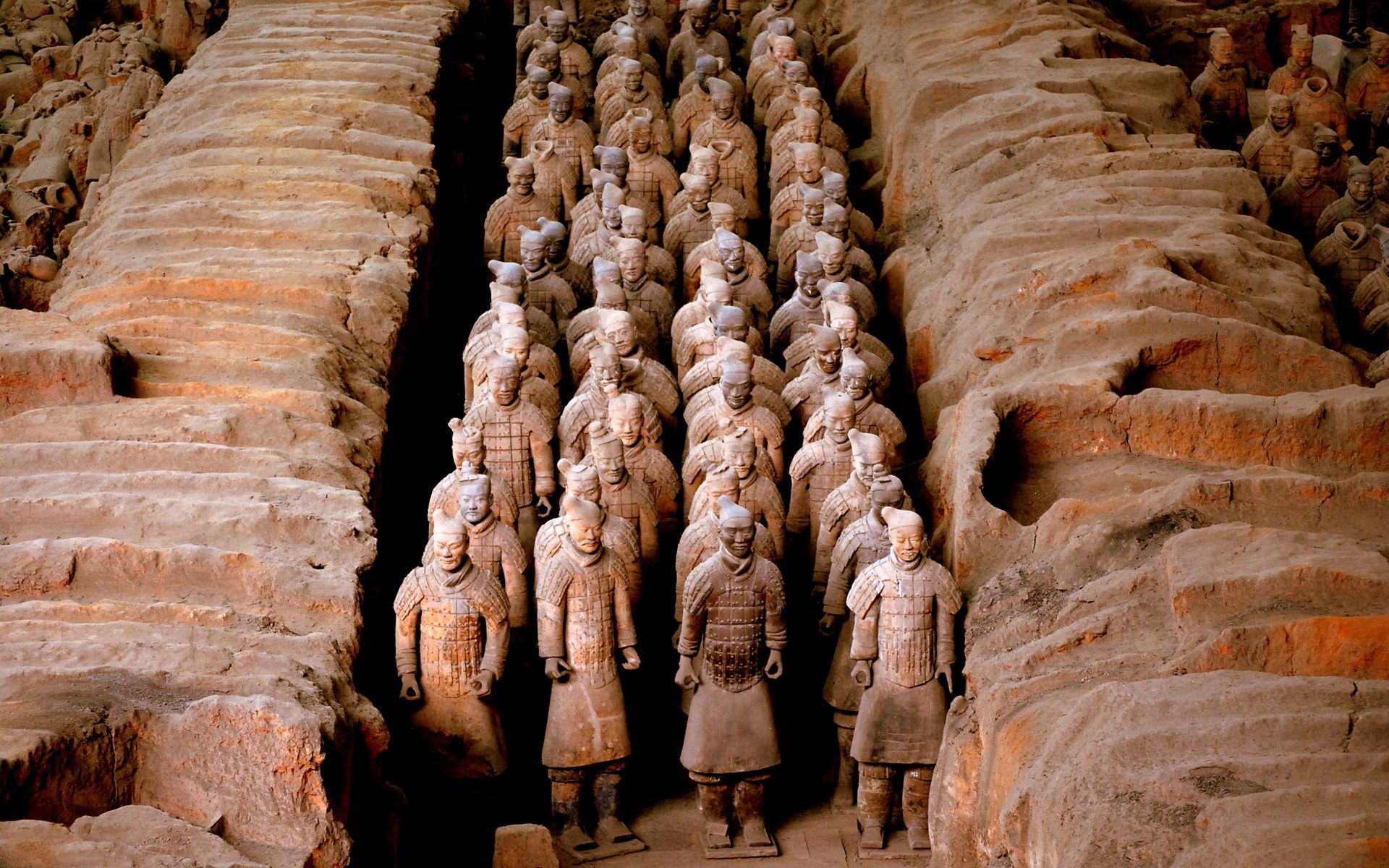

China’s Famous Terra-Cotta Warriors Come to the Met
Five years in the making, this epic exhibition of ancient Chinese art is not to be missed
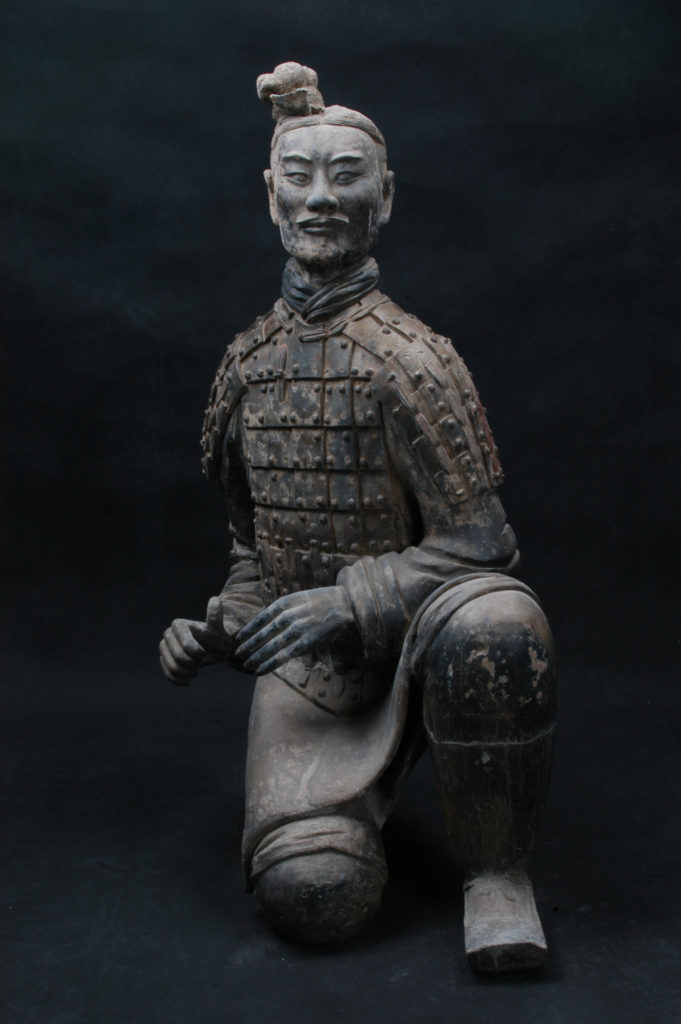
New York’s Metropolitan Museum of Art may be dealing with financial challenges and a change in leadership, but its latest blockbuster is a prime example of what the Met does best. “Age of Empires: Chinese Art of the Qin and Han Dynasties 221 B.C.–A.D. 220,” which opens on April 3, is an epic undertaking hopes to captivate scholars and the public alike.
The show, covering an artistically sophisticated period of Chinese culture concurrent with the Greco-Roman period, features hundreds of works including rare ceramics, textiles, paintings, sculptures. Many of them have never before been seen in the West. More than 160 items are on loan from 32 Chinese museums and institutions, whose rapid growth in recent years created serious logistical challenges. Met Asian art curator Jason Sun tells Galerie that, because many works had already been promised to other exhibitions, it took five years and two visits to China by outgoing museum director Thomas Campbell and his team to pull off the show.
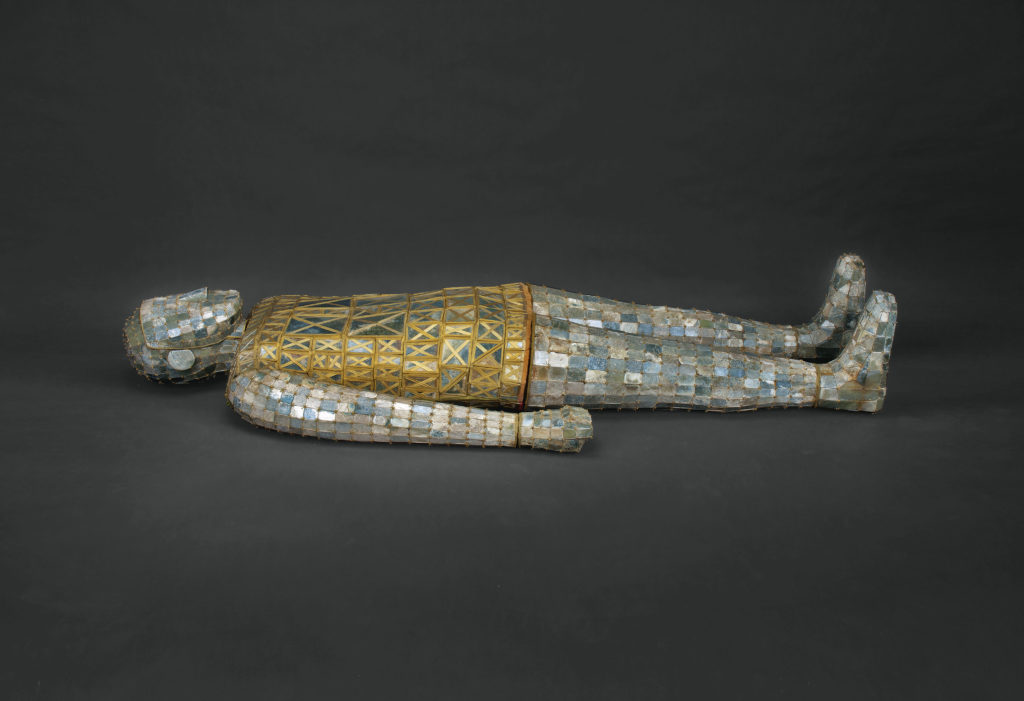
The exhibition offers the chance to see several of the legendary Xi’an Terra-Cotta Warriors, part of a 7,000-strong life-size ceramic army. The soldiers were created to guard the mausoleum of China’s first emperor, Qin Shihuang, and were only discovered in 1974 by a farmer. Seen in person, they do not disappoint. Rich in personality, each one has a distinct face and action. One archer kneels to defend his emperor, for example, while another shields himself.
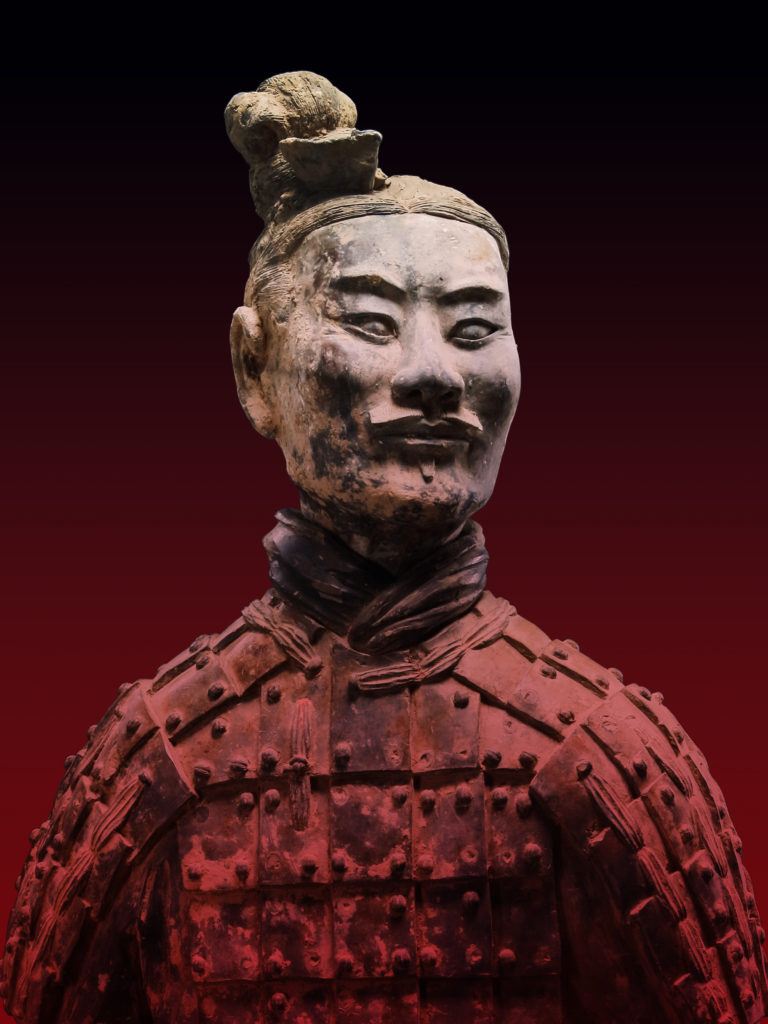
Another statue, dubbed the Strongman, shows an exceptional attention to anatomy—the ripples of muscles in his arms are rare in Chinese art, and show the influence of the West. While globalization is a concept we associate with today, it’s interesting to note that these cultures were mixing thousands of years ago. Sun points out, for example, how Alexander the Great (who lived 356–323 B.C.) was credited with introducing Greco-Roman sculpture to Asia.
Also on view: a striking Han-period burial suit made for a princess using 2,000 pieces of jade; jewelry made of gold, turquoise, and carnelian; examples of household goods; and a menagerie of clay animals from puppies to pigs that were buried with the rulers to ensure they lived, and ate, well in the afterlife.
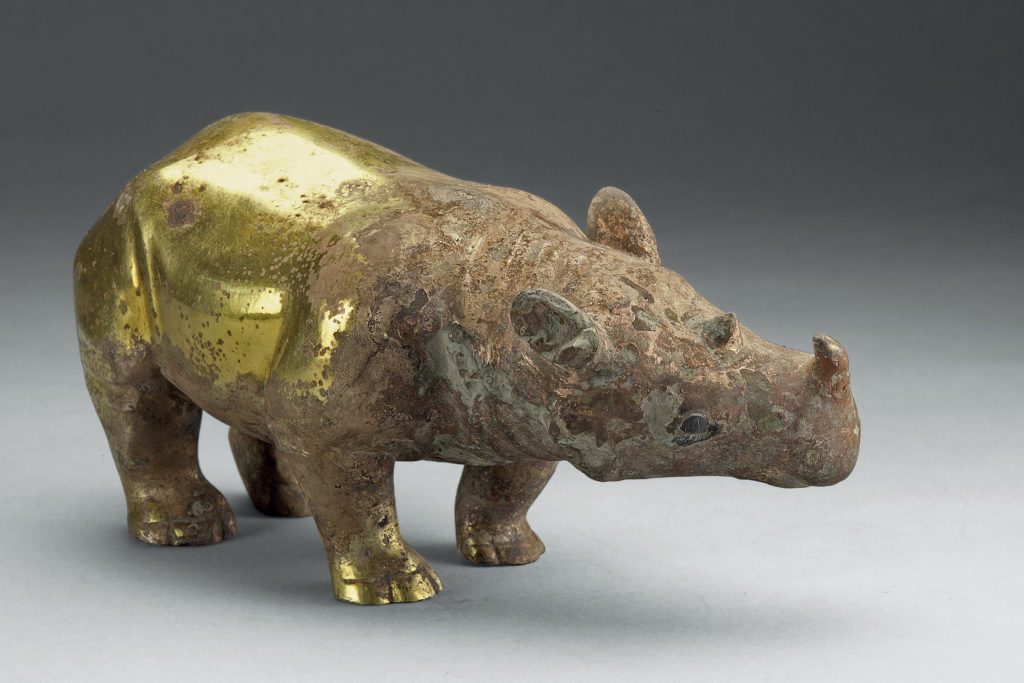
The Qin and Han dynasties covered a 400-year span that represents the “classical” era of Chinese civilization. It was notable because China’s many provinces or principalities were united under one emperor, with the language and currency also standardized. The show begins with the warriors, notes Sun, to stress how powerful the Qin army was to unite much of China under one rule.
The Met has been actively collecting Chinese art since 1879, only seven years after it opened. It started first with Chinese porcelain and then the decorative arts of the Ming and Qing dynasties. Gradually, the collection expanded to include the antiquity, and over the last few decades the museum has ramped up its commitment to showcasing China’s incredible artistic legacy.
“Age of Empires: Chinese Art of the Qin and Han Dynasties 221 B.C.–A.D. 220” is on view from April 3 through July 16. metmuseum.org

